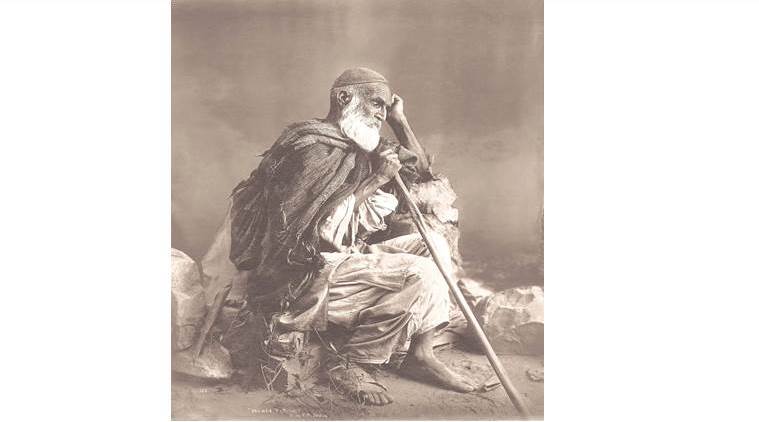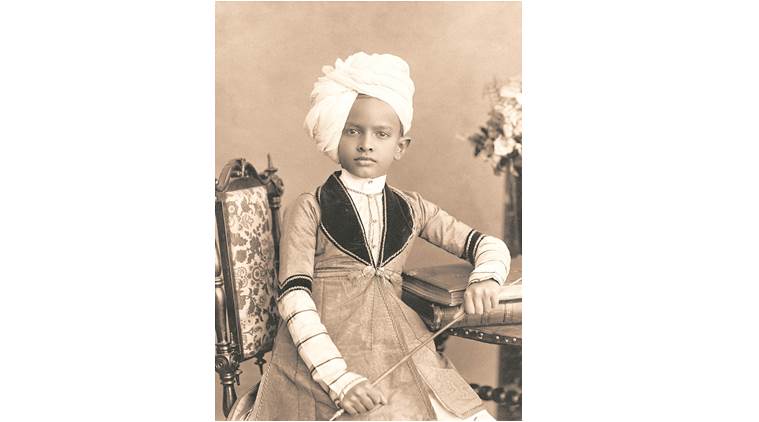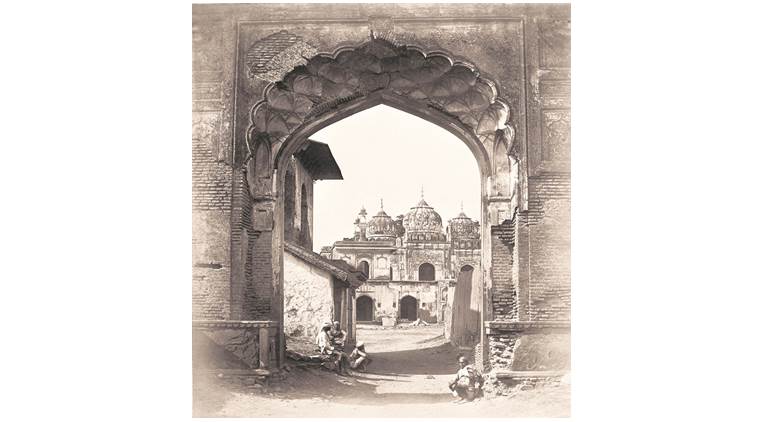Stay updated with the latest - Click here to follow us on Instagram
View From the West
An exhibition of archival photographs in London showcases 19th century India, its people and places
 ‘The Old Pathan’ by Randolph Bezzant Holmes, 1915
‘The Old Pathan’ by Randolph Bezzant Holmes, 1915
For a long time the world knew India through her colonial masters, from the photographs they sent back home. The landscapes, back then, were sparsely populated, and the portraits of its inhabitants were often an anthropological documentation meant to assist the rulers. Seventy years after India gained Independence, some of the earliest photographs of the country are on view in the exhibition “Indian Treasures”.
Curated from the Getty Images, Hulton Archive, the display at Oxford Circus Gallery in London shows the India of the 19th century, its people and places, through 71 photographs. “When we started with the curation process we were looking at all aspects of India’s heritage and history, right up to Independence. The challenge was, if we approached the struggle for Independence it would have become a political exhibition, you could upset people on the pro-Indian side or the pro-colonial side. We did not want to enter any political battle. So we decided to make photography the focus of the exhibition,” says Matthew Butson, Vice President – Getty Images, Hulton Archive.
The exhibition spans over 50 years, from the earliest photograph in the exhibition, a Samuel Bourne print from 1855, to a 1915 photograph of RB Holmes from Peshawar. “The photographers worked in extreme weather conditions, also the equipment they were using was very rudimentary,” says Butson. One of the highlights of the display is a four-volume album of the princes and rulers of India. An accompanying note reveals that the only other copy was presented to Queen Victoria. “It is not known who commissioned it or who has taken the photographs. There are several such mysteries, some of which might never be solved,” notes Butson.
The Old Pathan
Chronologically the last photograph in the exhibition, Holmes’s portrait of the ‘Old Pathan’, according to Butson, is a typical example of British military photographers’ attempts at documenting the several tribes of India. Based in Peshawar, Holmes joined the British colonial army during the Third Anglo-Afghan War in 1919. Several of his other photographs too are formal and informal portraitures, including an image of Kashmiri women pounding rice in the fields, which also features in the exhibition.
 Randolph Bezzant Holmes, 1915
Randolph Bezzant Holmes, 1915
Girgaum Road, Bombay
Giving a view of Girgaum in South Mumbai, this photograph was coloured using the Photochrom process by the Photoglob Company, based in Zurich. “This technique allowed for faster colour imaging than hand-painting,” says Butson.
 Photoglob Co, 1890-1910
Photoglob Co, 1890-1910
Vishnu Pud and Surrounding Temples near the Burning Ghat, Benares (Varanasi)
In India from 1863 to 1870, Bourne used the laborious wet plate collodion process, and travelled across the country. Here, he has photographed the ghats of Banaras and its temples.
 Samuel Bourne, 1865
Samuel Bourne, 1865
Maharajah Jai Sing of Ullwar (Alwar)
Part of a four-volume album, the only other copy of which is believed to have been presented to Queen Victoria, the Maharaja here is seen dressed in royal attire. Though shot in Britain, Butson notes that the portraits provide a “fascinating insight to the relative pomp and circumstance of the elite of Indian society, depicted in all their finery”.
 Unknown artist, 1877
Unknown artist, 1877
Archway, Delhi
Among the first war photographers, Beato travelled across East Asia. In India, he documented the aftermath of the revolt of 1857. This image was taken in Delhi, the epicentre of the uprising.
 Felice Beato, 1858
Felice Beato, 1858







